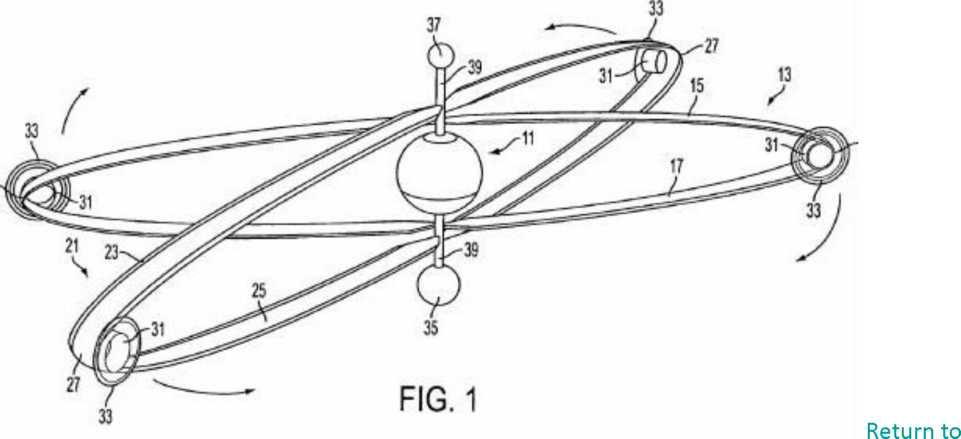ВУЗ: Не указан
Категория: Не указан
Дисциплина: Не указана
Добавлен: 26.04.2024
Просмотров: 130
Скачиваний: 0
ВНИМАНИЕ! Если данный файл нарушает Ваши авторские права, то обязательно сообщите нам.
-
Statements should evoke a range of responses (e.g. “footballers earn too much money” is a better statement to use than “all footballers earn too much money” since the first statement leaves room for some interpretation).
-
As pupils move, they should explain why they are in that corner. Views could be obtained from all corners.
-
Subsidiary questions could be used to draw out more complex issues and to refine the initial statement.
-
Pupils are allowed to move during the discussion of each statement if issues arrive that challenge their original opinion.
-
If pupils do switch then they should explain why.
-
A debrief after the activity could discuss the issues upon which there was consensus and issues that divided the class.
Sample statements might include, for example:





Topic: Sport and Personal Health
-
Football players should give half their income to charity. -
Sports stars found guilty of doping should be banned for life.
-
Chips should be banned from school cafeterias.
Possible activities to facilitate discussion and debate
CIRCLE TIME
Purpose:
Sharing ideas, experiences, feelings. Furthering understanding of self and others. Articulating group issues.
Implications for classroom layout:
33
Everyone sits in a circle either on chairs or on the floor. There is an item (such as a bean bag or ball) that is held by whoever is speaking.
How does it work?
The teacher sits on the same type of chair or cushion as everyone else. This helps to signal that what is happening is a special kind of classroom activity in which the teacher is a facilitator rather than a director. The teacher has a special responsibility to make sure that structured rules of the Circle Time are kept, that everyone's emotions are protected and that suitable activities are prepared. The teacher must also be ready to draw a session a close students are persistently breaking the rules.
The most important thing about the rules for circle time is that they should be discussed and agreed by all members. This is one of the first activities that should take place. Three basic rules which should be discussed are:
-
Only one person speak at once ‐ the talking object helps this rule
-
You can "pass" if you don’t want speak about something -
No put downs
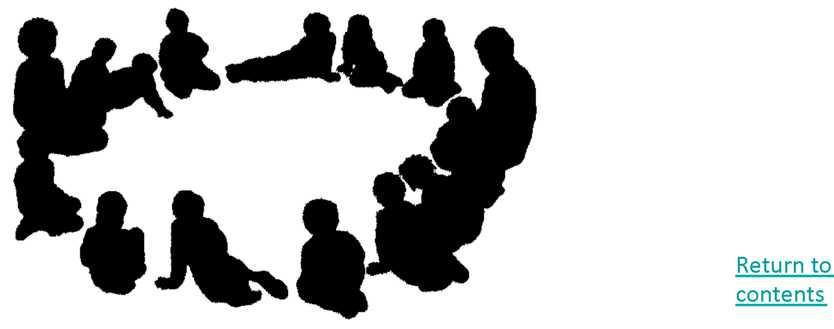
PHILOSOPHY FOR CHILDREN
Purpose:
Philosophy for children aims to encourage children (or adults) to think critically, caringly, creatively and collaboratively. It helps teachers to build a 'community of enquiry' where participants create and enquire into their own questions, and 'learn how to learn' in the process.
Implications for classroom layout:
34
Arrange the chairs in a circle and (if you feel it is required) have an item (such as bean bag a ball) that is used to denote who is speaking. Place stimulus material around the room for students to view.
How does it work?
Introduce the topic and the process. Students begin by having a few minutes to
look at some of the stimulus material. On returning to the circle they are given 1-2 minutes to think of questions related to the topic/stimulus they would like answered. These are shared and a vote is taken on which question to discuss.
Teacher acts as facilitator – reframing questions as required, posing development questions or mediating the group to ensure all can participate.

SNOWBALLING
Purpose:
Encourages use of negotiation, empathy and reasoning
Implications for classroom layout:
Standard classroom for group work
How does it work?
35
First, students have to individually produce an answer. They then share it with a partner and turn their two answers into one agreed upon answer. The pair then joins up with another pair and repeats the process. This way, four answers are synthesised into one.

e.g. First student chooses three things for an ideal life.
Pair then discuss and synthesise their 6 down to three.
The four does the same again.
LISTENING TRIAD
Purpose:
Structured means of eliciting information, developing concepts and understanding and processing what is said. Also promotes self-awareness through role of observer.
Implications for classroom layout:
Students in threes, two sat facing, one slightly offset –not engaged but observing.
How does it work?
Pupils work in groups of three. Each pupil take on role of talker, questioner, recorder. The talker explains something, or comments on an issue, or expresses an opinion. The questioner prompts and seeks clarification
The recorder makes notes and gives a report at the end of the conversation.
Next me, roles are changed.

ENVOYS
Purpose:
Active listening, public speaking
and clarity of exposition, sharing and creating interdependence
Set Up:
Pods around the room of groups 3-4
36
How it works:
Once groups have carried out a task, one person from each group is selected as an ‘envoy’ and moves to a new group to explain and summarise, and to find out what the new group thought, decided or achieved. The envoy then returns to the original group and feeds back. This is an effective way of avoiding tedious and repetitive ‘reporting back’ sessions. It also puts a ‘press’ on the envoy’s use of language and creates groups of active listeners.
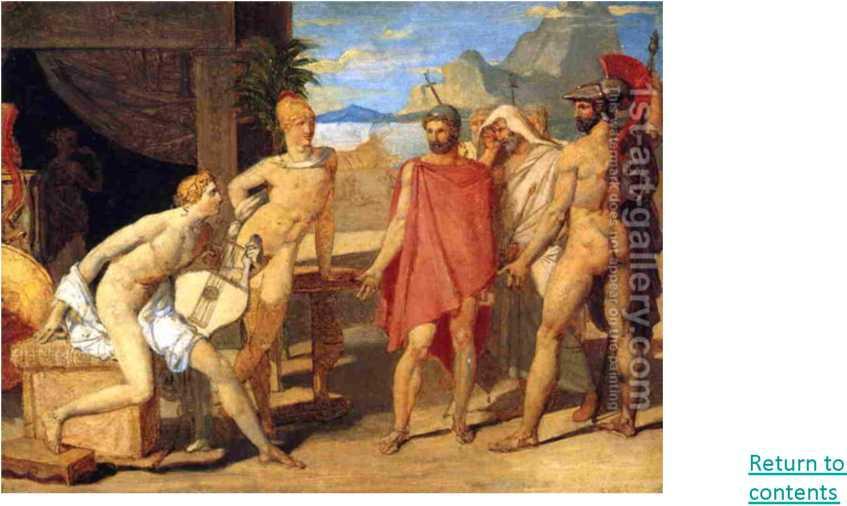
JIGSAWING
Purpose:
Structured way of dealing with a series of questions and promoting team work.
Set Up:
Pods around the room of groups 3‐4
How it works:
37
The advantage of a ‘jigsaw’ is that it offers a structure for group work, and promotes a range of
speaking and listening.
-
The teacher divides the whole class into small groups (commonly four pupils per group).
These are teacher‐initiated in order to make each group reflect the balance of the whole class
– gender, ability, attitude.
-
Each Home Group is given a common task. Handouts are employed in order to set the task. Reading material is kept to a manageable length and complexity. If the home groups are of four, then there are four questions or tasks within the main task – one for each member of the group. Questions or tasks are allocated within each group, through negotiation between the pupils.
-
All the pupils who have selected a particular question or task regroup into Expert groups and work together on what is now a common problem and outcome. By the time this stage of the session is completed, each has become an expert on this matter, through discussion and collaboration with the other ‘experts’.
-
Original groups reform. Dissemination begins. The home groups are set a final task. This could be a group outcome, or an individual task. The crucial element is to ensure that pupils have to draw on the combined ‘wisdom’ of the home group in order to complete it successfully.

VALUE CONTINUUM
Purpose:
To express opinions, show values, discuss differences of opinion, engage in public discussion.
Set Up:
Use a piece of rope or string for the continuum; have arrows pointing on the board; place the two extremes of opinion on opposite walls.
38
How it works:
In this format students or groups of students have to respond to a thought provoking statement by saying to what degree they agree with it. There are a number of ways this can to used: the students could be asked to come and stand at the point on a line that represents their individual opinion, alternatively, first they could be asked to discuss a statement in groups and then for one of the group to come up to the front and place their groups card/token somewhere along the line,
explaining the position their group have taken as they do so. This is an excellent format for comparing responses to different questions and finding out contradictions in their thinking (from
http://www.at‐ristol.co.uk/cz/teachers/Debate%20formats.doc)
Find Out More http://www.english‐teaching.co.uk/learninglearning/valuecon>nuumpg.pdf

COLDFISH BOWL
Purpose:
Gives opportunities for group presentation of ideas, development of reasoning, analytical questioning, exchange of ideas.
Set Up:
Chairs at the for group, rest of class sat as audience.
39
How it works:
Like hot seating except a whole group comes to the front and expresses their views. They are in the goldfish bowls, with other students able to question them, push for clarification and so on.
Find Out More http://www.xpday.org/session_formats/goldfish_bowl

SIX THINKING HATS
Purpose:
To breakdown different parts of thinking in order to discuss more effectively and be more aware of the influences on your own thought.
Set Up:
Nothing specific
40
How it works:
There are six hats, each representing a different element of thinking. Students are given a hat (real or imaginary) and asked to think through the discussion using that hat. The idea is to thus create a map covering all the different elements of an issue or idea. The class could be divided into different hats and the teacher manages the discussion.
Six Thinking Hats (De Bono)
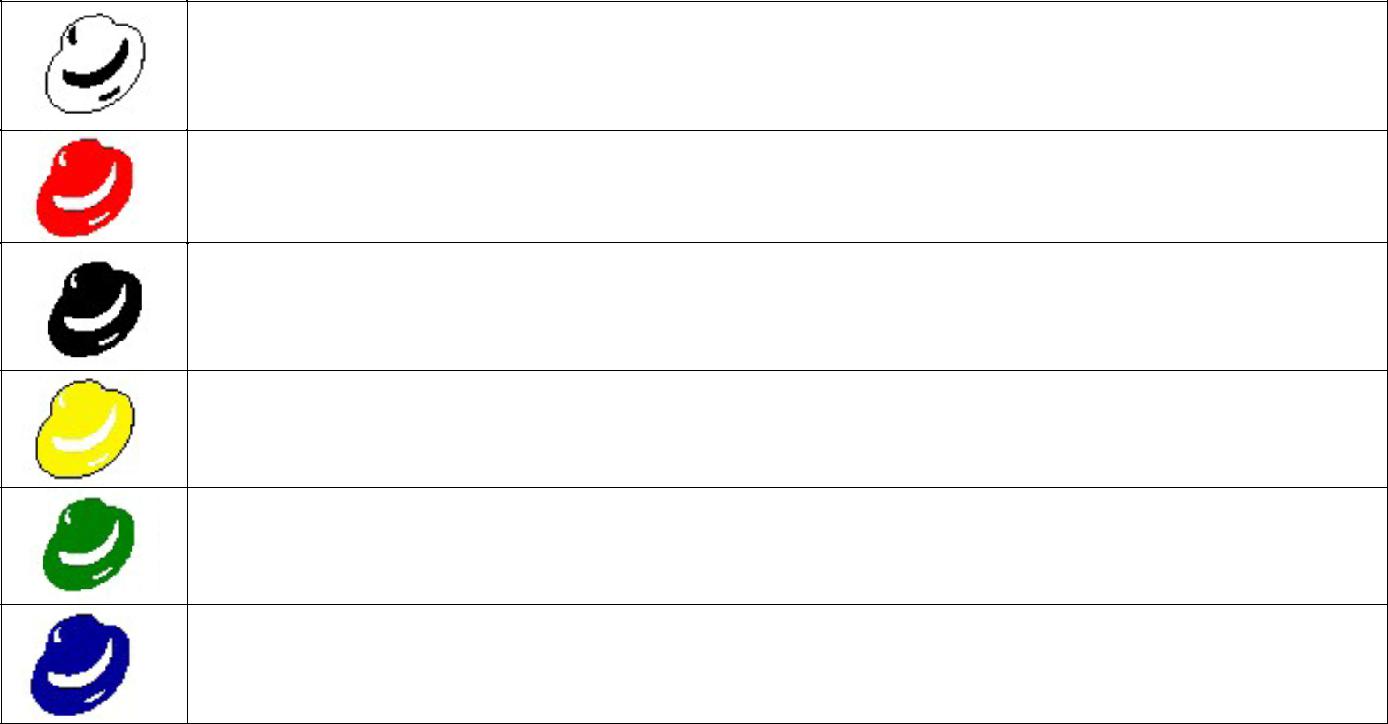
White hat: facts, neutral, objective information
Red hat: emotions, hunches, intuition, gut feelings
Black hat: critic, analyst, logical negative
Yellow hat: sunshine, optimism, logical positive
Green hat: creative, growth, possibilities, ideas
Blue hat: cool, agenda, process, organizer, overview, decision
FREE DISCUSSION
Purpose:
Encourage responsibility, student‐led, avoids teacher focus or retreading of tired points.
Set Up:
Groups or whole class, circle, pods or table and chairs
How it works:
41
This can be done with smaller groups or the whole class. As it is not structured this sort of discussion may require some more facilitation. This can be the teacher or session leader for the whole group but if there are a number of groups staffing may not allow a facilitator for each group. In this case one option may be to ask one of the students to act as a facilitator, this is probably a technique to use once the students have experienced positive models of how a facilitator should act and discussed key aspects of behavior in this role.
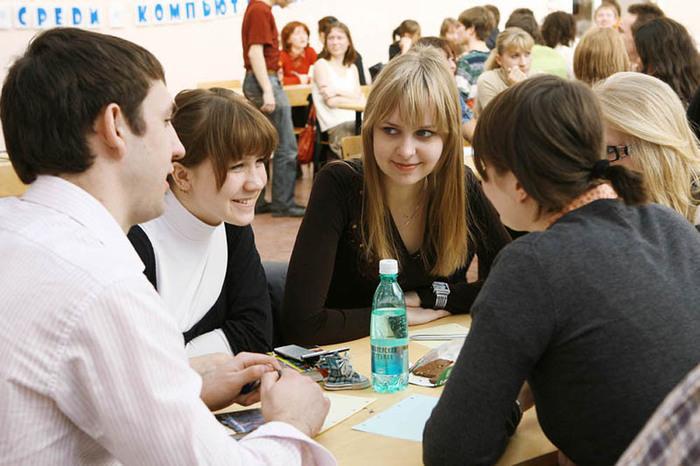
RADIO PHONE-IN
Purpose:
Active listening, shows many sides of a discussion
Set Up:
Teacher (or student) Is the radio host with four guests (students) and an audience (rest of class)
42
How it works:
There is a topic to discuss, led by the radio host. The four guests receive role‐play cards and are asked to take on that character for the discussion. Audience peer assesses, ‘rings ‐ in’ with questions, takes notes with a listening frame and so on.
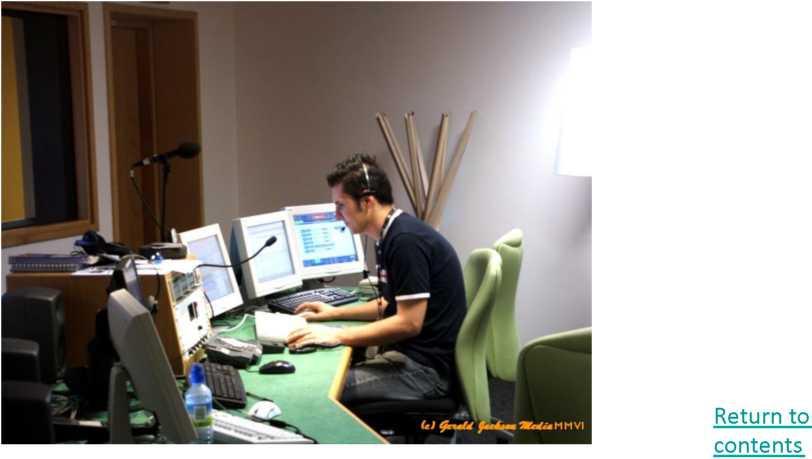
CIRCLE OF VOICES
Purpose:
Generate ideas, develop listening skills, have all students participate, equalize learning environment
Set Up:
Moveable chairs preferable
43
How it works:
This method involves students taking turns to speak. Students form circles of four or five. Give students a topic, and allow them a few minutes to organize their thoughts about it. Then the discussion begins, with each student having up to three minutes (or choose a different length) of uninterrupted time to speak. During this time, no one else is allowed to say anything.
After everyone has spoken once, open the floor within the subgroup for general discussion. Specify that students should only build on what someone else has said, not on their own ideas; also, at this point, they should not introduce new ideas (Brookfield & Preskill, 1999)
(all from
http://cte.uwaterloo.ca/teaching_resources/teaching_>ps/Other/gw_types_of_small_groups.p df.pdf)

POST – IT DIALOGUES
Purpose:
Public discussion without necessarily having to ‘speak’ publicly, visual a, kinaesthetic and auditory elements, good for having something tangible to discuss ‘around’
Set Up:
Post‐it notes for each student, space to move around
44
How it works:
Lots of different ways – could have a few sheets of sugar paper with statements or questions on and students read them and post comments; groups of 3/4/5 have to answer question on post its, or produce comments, which they then share, discuss and present; could use ‘role on the wall’ and students express opinions/emotions on post‐its.

ROTATING STATIONS
Purpose:
Build on others’ ideas, cover a topic or question holistically, active and pacey
Set Up:
Series of stations around the room with stimulus, sugar paper and pens (or give each group a different coloured pen to take around – therefore keep track of who’s contributed what)
45
How it works:
Locate each small group at a station where they are given 10 minutes to discuss a provocative issue and record their ideas on newsprint or a chalkboard. When this time is up the groups move to new stations in the classroom where they continue their discussion, based on the ideas they encounter from the previous group. Rotations continue every 10 minutes until each group has been at all of the positions and has had a chance to consider all of the other groups' comments
(from http://drscavanaugh.org/discussion/inclass/discussion_formats.htm)
